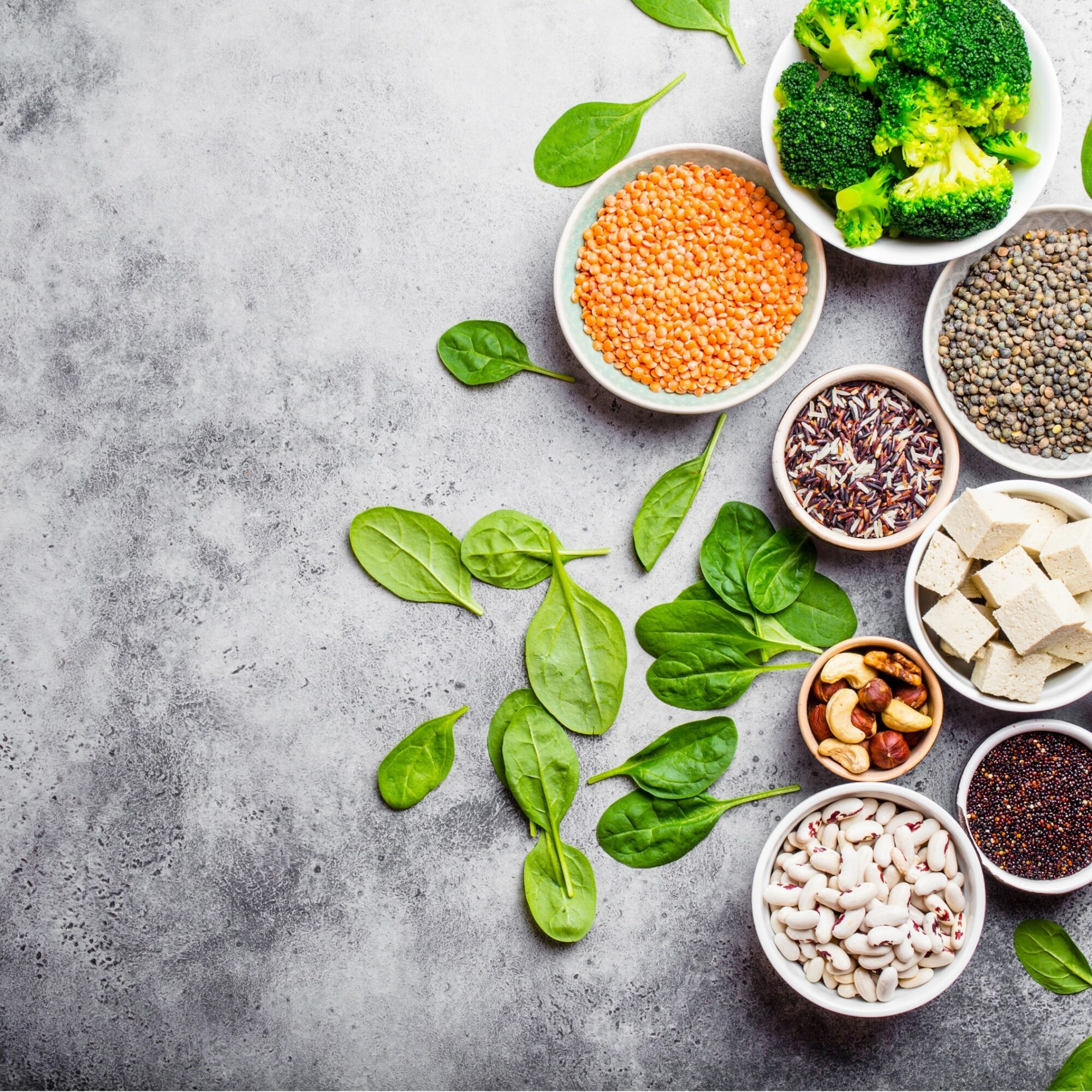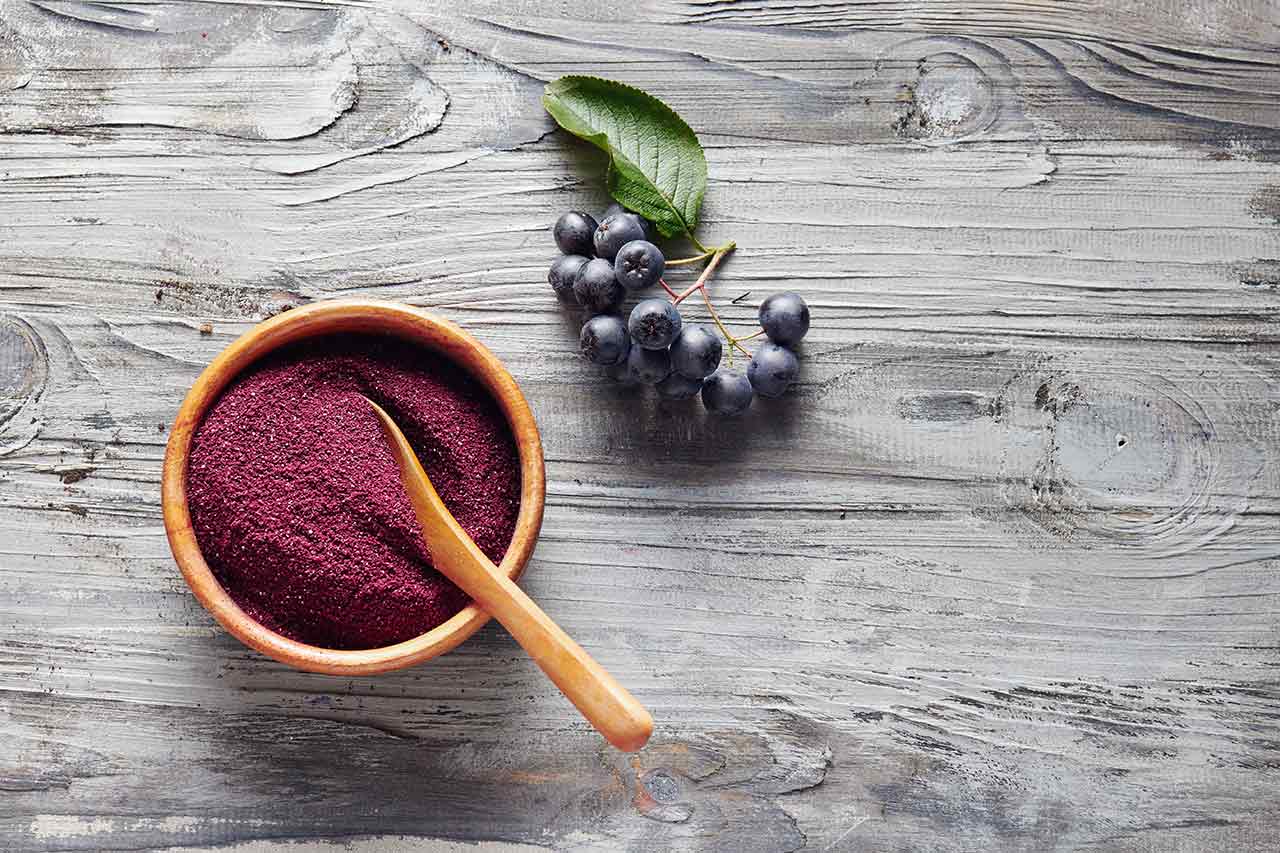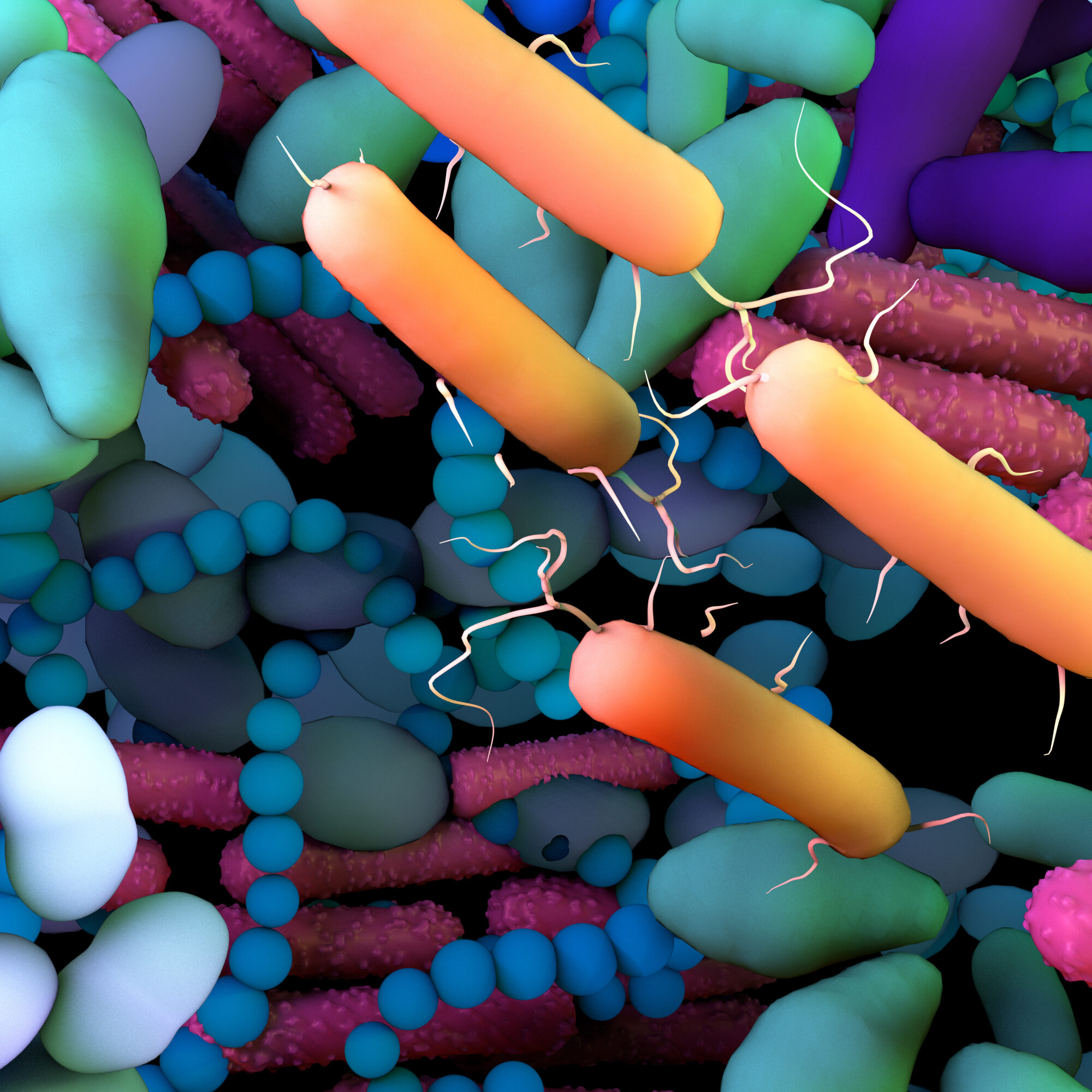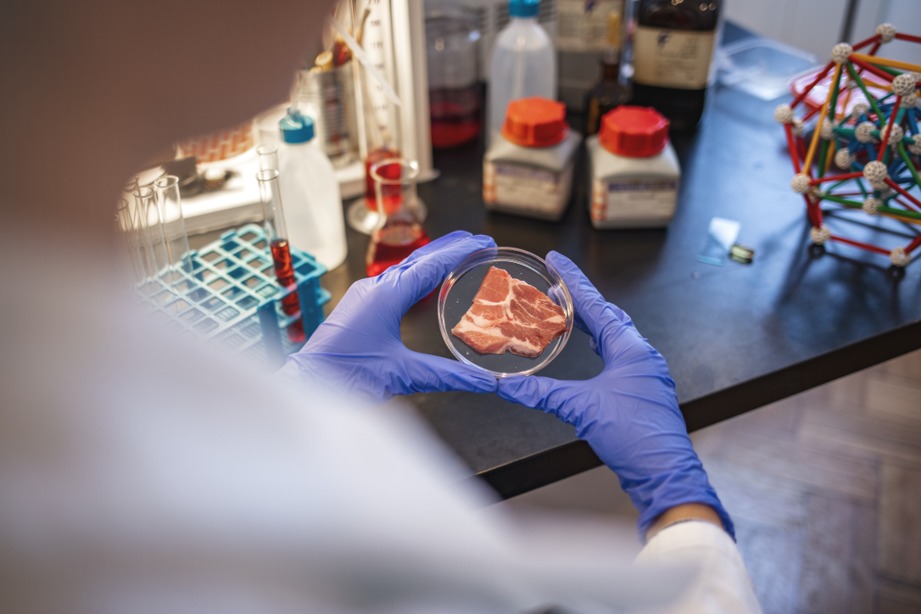Driven by multiple factors such as the growing awareness of health and sustainability and rising fears of animal-borne diseases accelerated by the COVID-19 pandemic, the alternative protein sector in Asia-Pacific has been seeing increasing interest 7. Of the different alternative proteins, plant-based foods have accounted for most APAC investments (over 20 million USD in 2021)1, indicating the growing enthusiasm and promise of plant proteins in the region as the next major market for plant-based foods. Today’s plant proteins are mostly concentrated to be from soy, wheat, or pea8. This concentration of plant-protein sources could make our food system less resilient as well as regrettably overlooking other novel plant sources that can be sourced locally to put less strain on the supply chain. APAC itself houses a diverse range of plant protein sources that could be utilized in alternative meat. In this article, Alcimed highlights three promising plant protein sources local to APAC that could be leveraged further to sustainably diversify our proteins.
Chickpea as a Non-allergenic, High-protein Content Plant Protein
Chickpea is considered a developed plant protein source with a protein content of 20.47%, and is a good natural source of fiber, iron, phosphorus, folic acid, and selenium2. Currently, chickpeas are a staple in many cuisines, including Mediterranean, Middle Eastern, and Indian. The flavor profile of chickpeas is nutty, creamy, and slightly sweet, and the protein isolate form is known to have a taste and texture that could be comparable to dairy milk. Moreover, according to the Food Allergen and Resource Program Allergen Online database, chickpeas have no known allergens, and thus requires no allergen-labelling requirements in the Americas, Europe, or Asia-Pacific.
India is stated to be the top producer of chickpeas in APAC, accounting for 65% of global production2. Myanmar is also a well-positioned supplier of the crop, ranking second after India in terms of chickpea production in the region3. At the other end of the supply chain, chickpeas have already been incorporated in several plant-based meat products, including the “minced meat” product “PHUTURE mince” from Malaysia-based company PHUTURE Foods. Meanwhile, the Israeli startup ChickP has also expanded into the APAC region, with their first office in Singapore to respond to the growing demand of the region.
Learn more about the challenges and the market of plant proteins >
Rice Protein Combinations for a More Complete Amino Acid Profile
Rice is a staple crop in many geographies and culture, including Asia, South America, and Africa and is readily available at an affordable price. The protein content of rice is around 6.6%, and its amino acid profile is high in cysteine and methionine2,5. This makes rice protein complimentary to pea protein, which has low levels of cysteine and methionine, creating the optimal amino acid profile that is said to be superior to any single plant protein source. Rice is also a reliable source of magnesium, phosphorus, manganese, iron, folic acid and other important nutrients. As a familiar ingredient, consumers are also easily acceptable of rice protein; a 2020 survey has shown that rice is the second most preferred protein alternative for consumers6
The APAC region is responsible for most of the rice cultivation, with China being the biggest global producer alongside major contributors include Vietnam, Thailand, Myanmar, and Indonesia. As rice is one of the crops with lower protein content, rice protein is typically combined with other protein such as pea or soy to achieve a more complete nutrition profile. For example, Hong Kong’s Omnimeat All Purpose plant-based meat is made from a blend of plant proteins from pea, soy, shiitake mushroom, and rice.
Jackfruit to Replicate Meat Texture in Plant-based Foods
Jackfruit is native to India and Southeast Asia and has been a staple crop for thousands of years. The tree is easy to cultivate, being resistant to pests and diseases, high temperatures, and droughts, making it an interesting crop to combat food insecurity. Jackfruit has also been a favorite among the meat alternatives ingredients for vegans and vegetarians in the recent years, as consumers have likened the texture of jackfruit to pulled pork. Although it is relatively lower in protein (1.43 – 1.72%) than other common plant protein sources, jackfruit is high in fiber and other nutrients such as potassium, Vitamin B, and folic acid2.
In APAC, India is the leading producer of jackfruit, contributing to more than 1.8 million tons per year, and other major players are Vietnam, Malaysia, and Thailand2. The jackfruit source selected by Karana – the Singaporean start up of jackfruit-based meat alternatives – is from Sri Lanka. The company has revealed that the selection of jackfruit as the main ingredient is due to the crop’s taste and contribution to sustainability, noting on how jackfruit is the highest yielding tree fruit in the world, but up to 60% of it is currently going to waste4. Increasing the demand for jackfruit in meat alternatives could direct the abundance of the crop to consumption instead of wastage.
Today, only 12 crops, including wheat and corn, are contributing to 75% of the crop species eaten in the world4. The Asia Pacific region is home to a variety of different and novel plant proteins sources that can still be further developed and explored, including chickpea, jackfruit, and mung bean. As innovation and consumer acceptance in alternative proteins in the region advances, APAC is anticipated to be the next rising market for plant-based meat, making it worthwhile to explore a regional protein source that supports the value chain and local agriculture. Here at Alcimed, we cannot wait to explore new protein sources and help you accelerate adoption and business expansion of those novel plant proteins further in the APAC region!
1. https://gfi-apac.org/the-state-of-apacs-alt-protein-industry-in-four-graphs/
2. Good Food Institute, 2020, Asian Cropportunities: Supplying Raw Materials for Plant-Based Meat
3. https://mel.cgiar.org/projects/647/224/improved-myanmar-chickpea-production-through-early-maturing-cultivars
4. https://www.scmp.com/lifestyle/food-drink/article/3132438/jackfruit-plant-based-protein-choice-singaporean-start-global
5. https://vegfaqs.com/brown-rice-protein-amino-acid-profile/
6. https://www.newprotein.net/news/roquetts39s-new-rice-protein-is-non-gm-gluten-free-and-tasty
7. https://www.sginnovate.com/blog/satisfying-asia-pacific%E2%80%99s-growing-appetite-alternative-proteins
8. https://www.foodingredientsfirst.com/news/shift20-industry-is-only-scratching-the-surface-of-plant-based-proteins.html
About the author,
Pattaraporn, Project Manager in our Singapore Team



